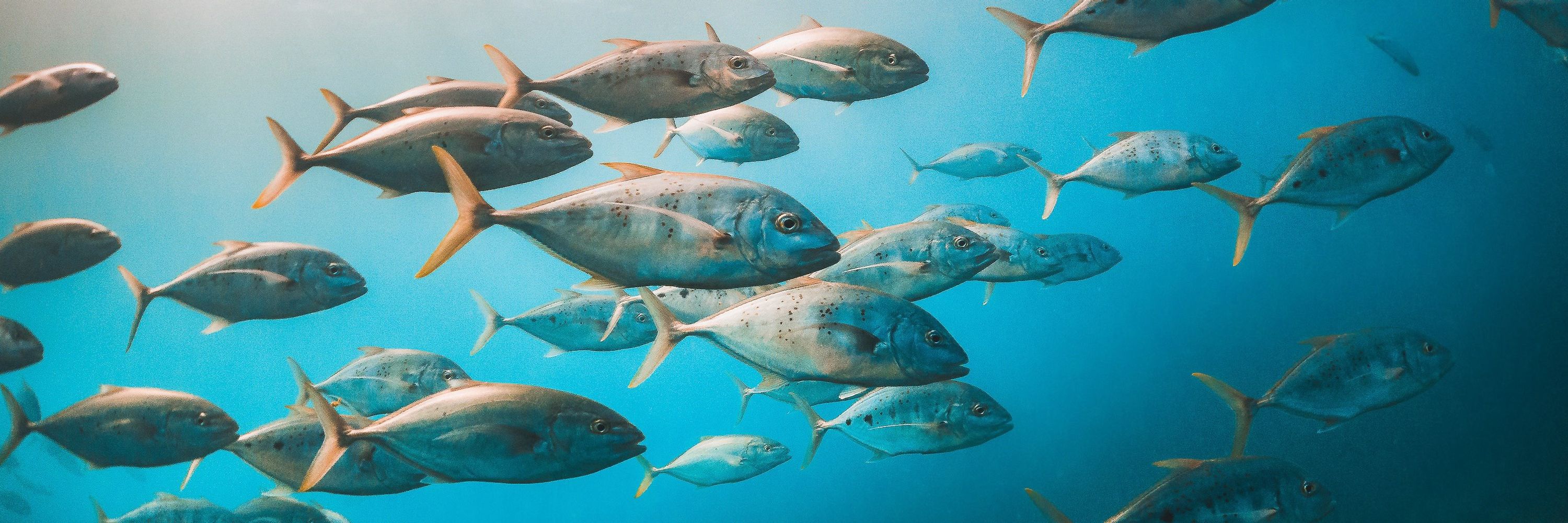European Tracking Network
@aquatictracking.bsky.social
420 followers
100 following
130 posts
Pan-European initiative to integrate all aquatic animal tracking | we love telemetry, data & partnership | tracking & networking to improve aquatic life 🐟🐠🦈
Posts
Media
Videos
Starter Packs
Reposted by European Tracking Network
Reposted by European Tracking Network
Steven J Cooke
@sjcfishy.bsky.social
· Aug 25

Provisioning fisheries: A framework for recognizing the fuzzy boundary around commercial, subsistence, and recreational fisheries
ABSTRACT. Although sparse, increasing evidence suggests an overlooked population of fishers whose fishing motivations and outcomes overlap across commercia
academic.oup.com








